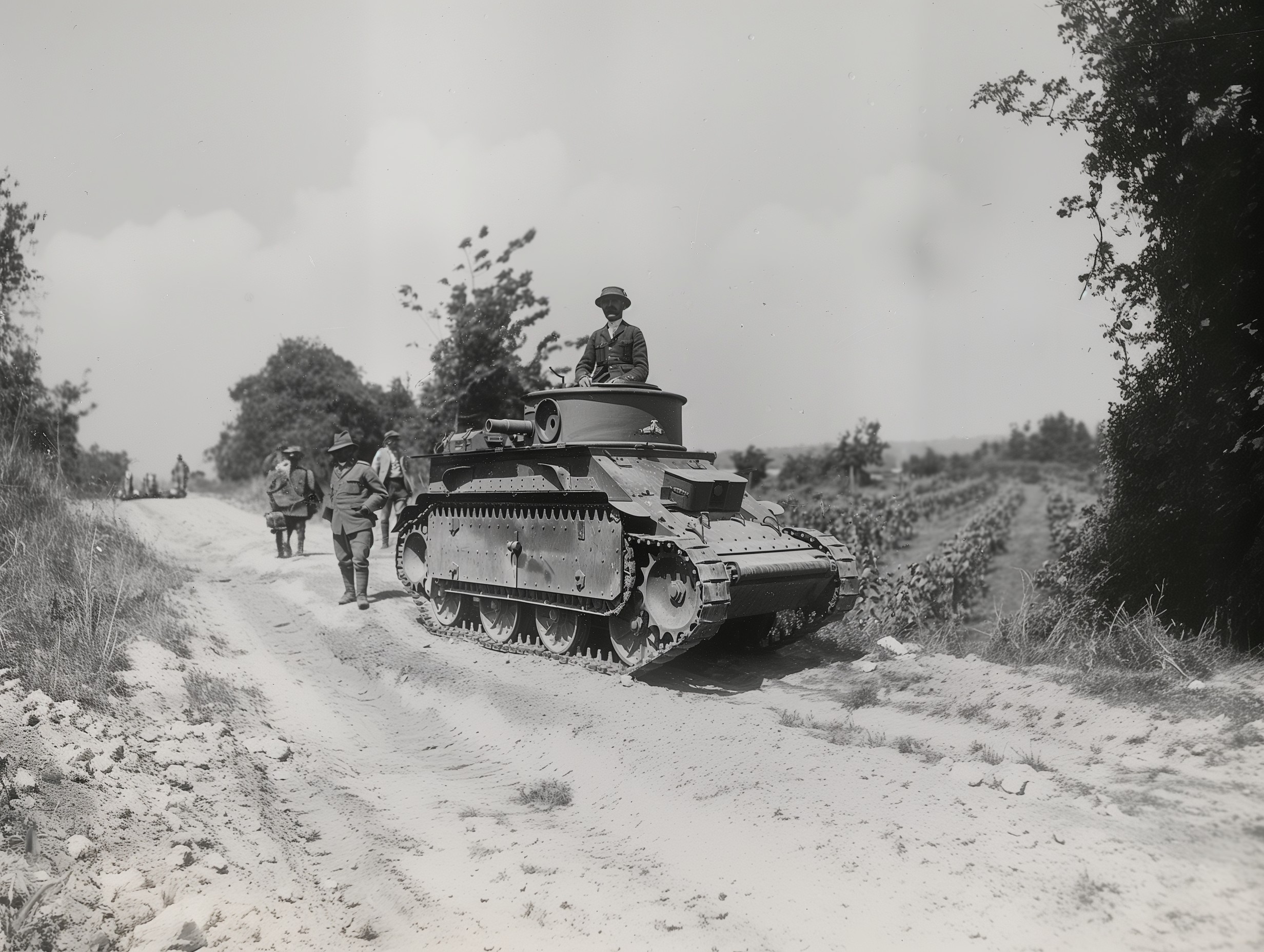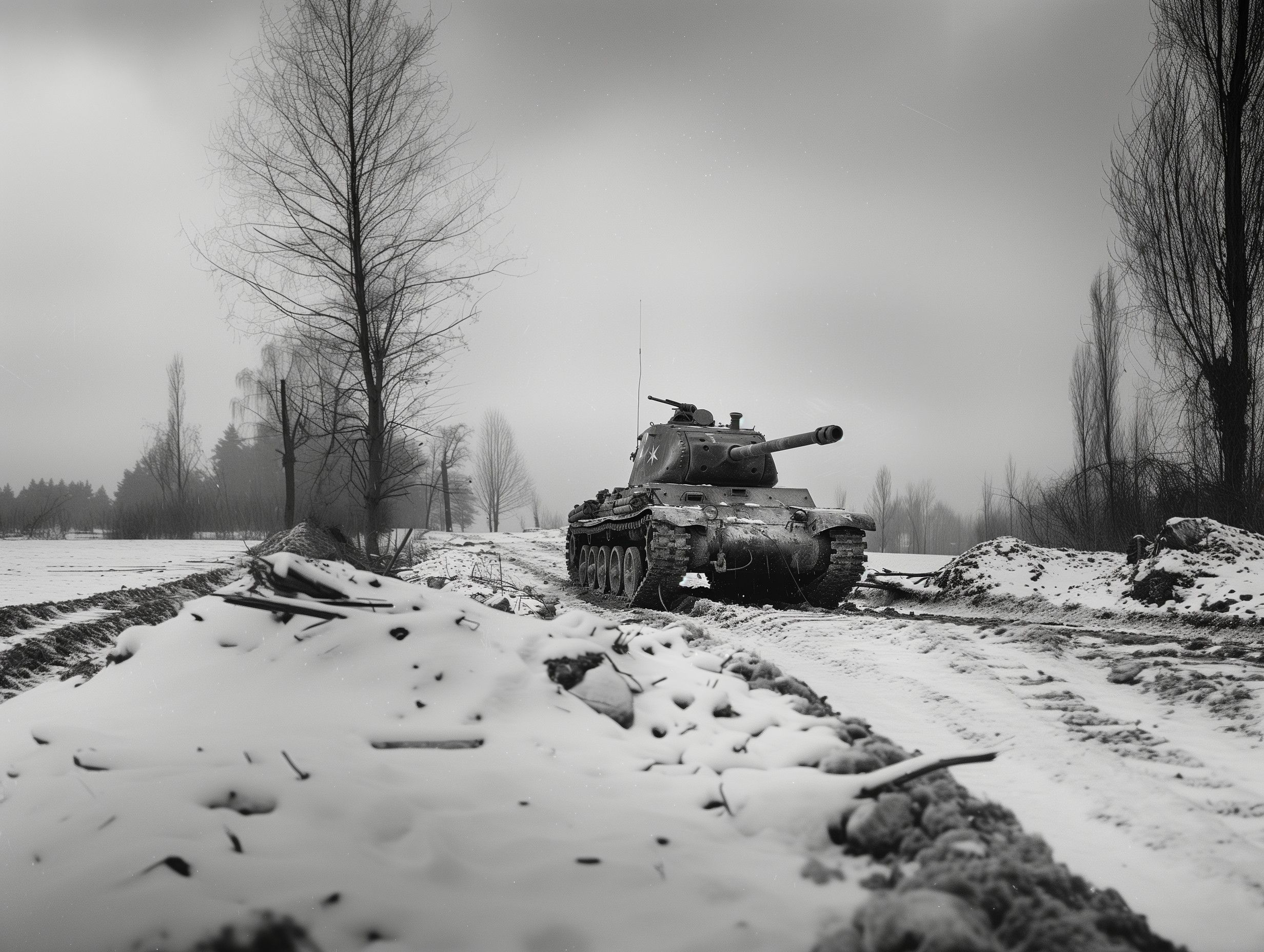Panzer IV Interiors
The Panzer IV, a pivotal tank in World War II for the German military, featured a complex and cramped interior that was a marvel of engineering for its time. Inside, the tank was divided into several key sections, each serving a critical role in its operation.
Crew Positions
The Panzer IV was operated by a crew of five: the commander, gunner, loader, driver, and radio operator/bow machine-gunner. The commander's station was located in the turret, providing a panoramic view through a periscope. The gunner and loader were also stationed in the turret, managing the main gun operations, while the driver and radio operator were positioned in the front of the hull.
Control Systems
The driver's area was equipped with the tank's steering levers, foot pedals, and gear shift, allowing for precise control over the tank's movement. The complexity of these controls required extensive training to master.
Armament and Ammunition
The main armament consisted of a 75mm gun, with ammunition stored in racks around the interior, particularly in the hull and under the turret floor. This layout posed a significant risk, as a direct hit could ignite the stored rounds, leading to catastrophic internal explosions.
Communication and Ventilation
Communication between crew members was facilitated by an internal intercom system, essential for coordinating actions in the heat of battle. Ventilation was provided by fans and air ducts, but conditions inside remained stifling, especially in hot weather or after firing the main gun.
Conclusion
The interior of the Panzer IV was a testament to German engineering, designed to maximize efficiency and firepower in a compact space. However, the conditions were harsh and demanded a high level of skill and coordination from the crew to operate effectively.

